How to Train a Guard Dog: Techniques for Training Dogs to Protect Your Property
Guard dogs are an excellent investment for protecting your property. They are highly intelligent, loyal, and can be trained to be an effective security measure. However, training a guard dog requires a lot of time, patience, and dedication. In this article, I will share my personal experience and techniques for training a guard dog.
Why Train a Guard Dog?
Guard dogs are trained to protect their owners and property from potential threats. They are trained to bark at strangers, alert their owners of any suspicious activity, and even apprehend intruders if necessary. A well-trained guard dog can provide a sense of security and peace of mind to their owners.
Choosing the Right Breed
Not all dog breeds are suitable for guard dog training. Some breeds are naturally more protective and possess the necessary traits for guard dog training. German Shepherds, Rottweilers, and Doberman Pinschers are some of the most popular breeds for guard dog training.
Training Techniques
Training a guard dog requires a lot of patience and consistency. Basic obedience training is essential before moving on to guard dog training. Positive reinforcement techniques, such as treats and praise, are effective in training guard dogs. It is also important to socialize guard dogs with other people and animals to prevent aggression towards innocent individuals.
In conclusion, training a guard dog is a significant investment that requires patience, dedication, and consistency. By choosing the right breed and utilizing positive reinforcement techniques, you can train a loyal and effective guard dog to protect your property.
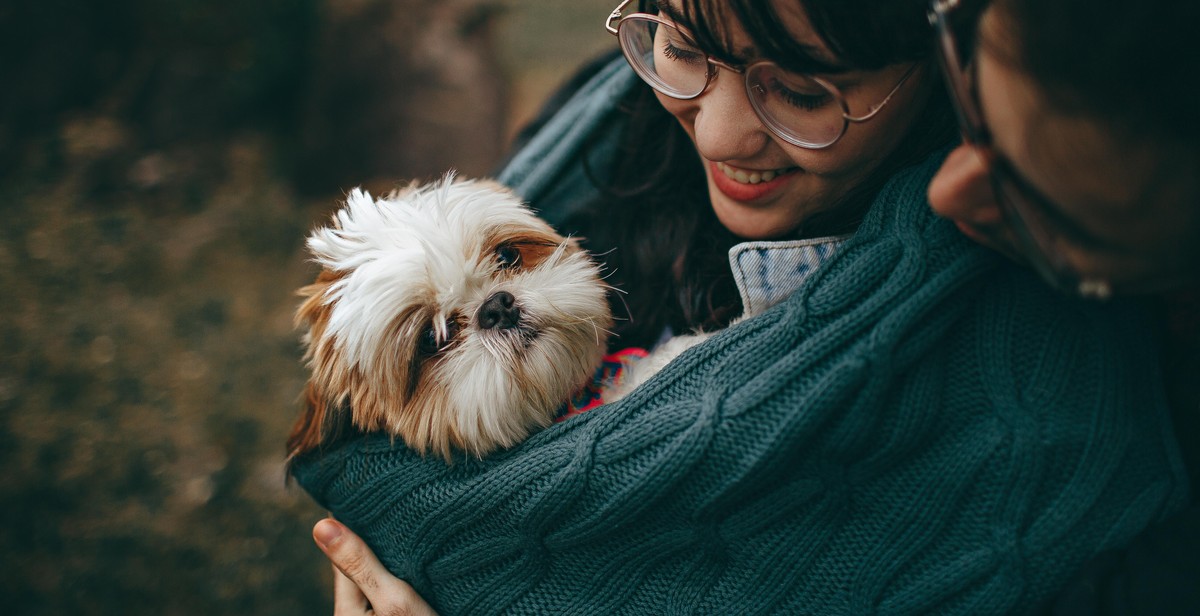
Why Train a Guard Dog?
Guard dogs have been used for centuries to protect property and people. These dogs are trained to be alert, obedient, and fiercely protective of their owners and their territory. There are many reasons why people choose to train guard dogs, but the most common are:
Protection of Property
One of the primary reasons to train a guard dog is to protect your property. Whether you own a business or a home, there may be valuable items that you want to keep safe. A guard dog can be trained to patrol the perimeter of your property and alert you to any intruders. This can be especially important for businesses that store expensive equipment or merchandise.
Guard dogs can also be trained to protect your property when you are not there. This can give you peace of mind knowing that your property is being watched over even when you are away.
Protection of Family Members
Another reason to train a guard dog is to protect your family members. Guard dogs can be trained to be loyal and protective of their owners. They can be taught to recognize and respond to potential threats, such as strangers approaching the home or someone trying to break in.
Having a guard dog can also be a deterrent to potential intruders. Knowing that there is a dog trained to protect the property can make burglars think twice before attempting a break-in.
Overall, training a guard dog can provide many benefits, including increased security and peace of mind. While it does require time and effort to properly train a guard dog, the rewards can be well worth it.
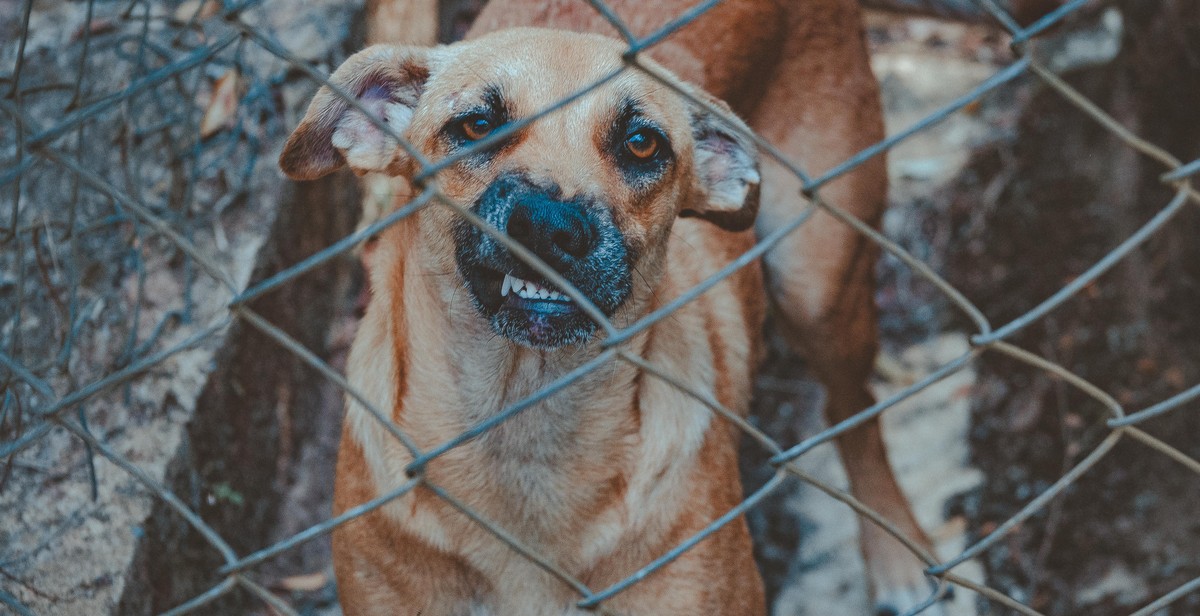
Choosing the Right Breed
When it comes to training a guard dog, choosing the right breed is crucial. The temperament, size, strength, and trainability of the dog are all important factors to consider. Here are some breeds that are known for their guarding abilities:
Temperament
Guard dogs need to have a strong protective instinct, but they also need to be able to distinguish between real threats and everyday situations. Breeds that have a natural guarding instinct include German Shepherds, Rottweilers, Dobermans, and Belgian Malinois. These breeds are loyal and protective of their families, but they also need proper socialization and training to prevent aggression towards strangers.
Size and Strength
The size and strength of a guard dog is also important. Large breeds such as Great Danes, Mastiffs, and Saint Bernards can be intimidating to potential intruders. However, smaller breeds such as Chihuahuas and Shih Tzus may not be as effective as guard dogs due to their size.
Trainability
Guard dogs require extensive training to be effective. Breeds that are easy to train include German Shepherds, Labrador Retrievers, and Golden Retrievers. These breeds are intelligent and eager to please, making them ideal for training. On the other hand, breeds such as Chow Chows and Afghan Hounds can be more challenging to train due to their independent nature.
| Breed | Temperament | Size and Strength | Trainability |
|---|---|---|---|
| German Shepherd | Protective, loyal | Large, strong | Easy to train |
| Rottweiler | Loyal, confident | Large, muscular | Requires firm training |
| Doberman | Fearless, alert | Medium, muscular | Intelligent, but can be stubborn |
| Belgian Malinois | Protective, energetic | Medium, athletic | Highly trainable |
| Great Dane | Gentle, loyal | Very large, strong | Requires patient training |
| Mastiff | Calm, protective | Very large, muscular | Requires firm, consistent training |
Overall, it is important to choose a breed that fits your lifestyle and needs. A well-trained guard dog can provide peace of mind and protection for you and your property.
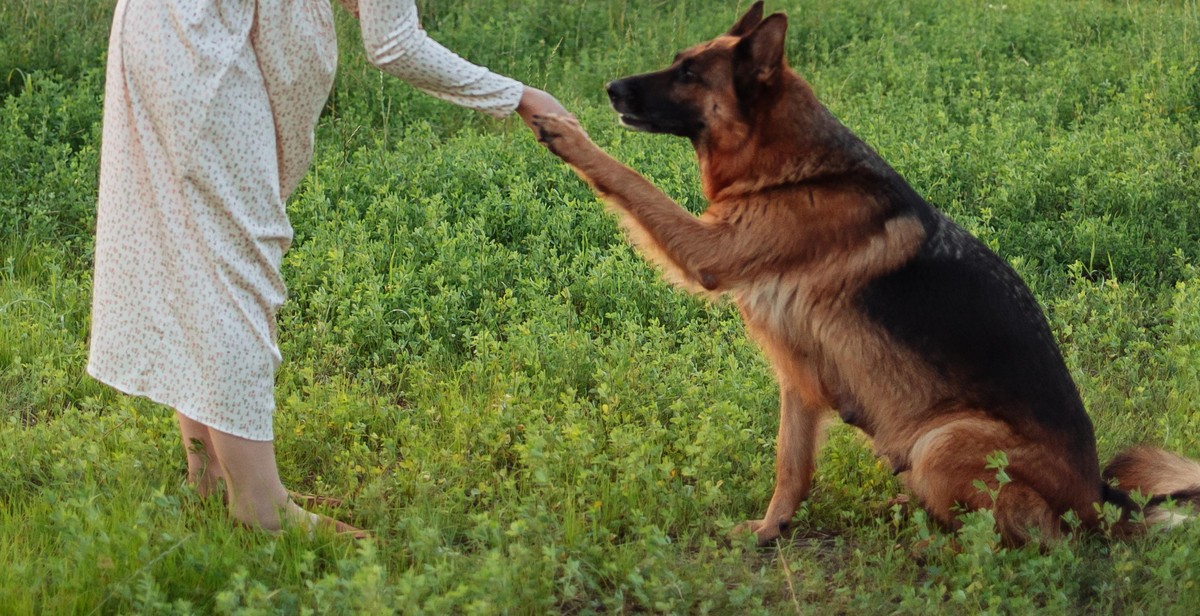
Basic Training Techniques
Establishing Dominance
One of the most important aspects of training a guard dog is establishing dominance. Your dog needs to see you as the pack leader, or alpha. This can be achieved through consistent training and discipline. It’s important to set rules and boundaries for your dog and enforce them consistently. This can include things like not allowing your dog on the furniture or not allowing them to eat until you give them permission. By establishing yourself as the alpha, your dog will be more likely to listen to your commands and respect your authority.
Teaching Basic Commands
Once you’ve established dominance, you can begin teaching your dog basic commands. These commands can include sit, stay, come, and heel. These commands are essential for controlling your dog and keeping them safe. It’s important to use positive reinforcement when training your dog. This can include treats, praise, and affection. Consistency is key when training your dog. Practice these commands regularly and reward your dog for good behavior.
Socializing Your Dog
Socializing your dog is also an important part of training a guard dog. This involves exposing your dog to different people, animals, and environments. This helps your dog become more comfortable in different situations and reduces the risk of them becoming aggressive towards strangers. You can socialize your dog by taking them to different places, introducing them to new people and animals, and exposing them to different noises and smells.
| Training Techniques | Description |
|---|---|
| Positive Reinforcement | Rewarding your dog for good behavior with treats, praise, and affection. |
| Consistency | Practicing commands regularly and enforcing rules and boundaries consistently. |
| Socialization | Exposing your dog to different people, animals, and environments to reduce the risk of aggression towards strangers. |
By following these basic training techniques, you can train your guard dog to protect your property and keep your family safe.
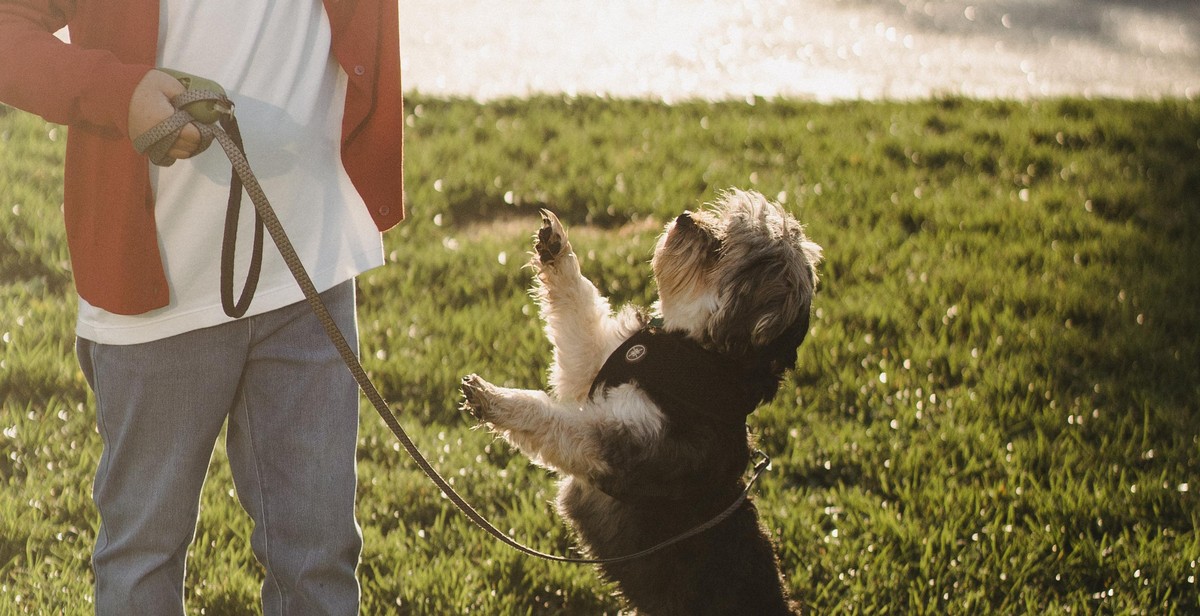
Advanced Training Techniques
Bite Training
Bite training is a crucial skill for a guard dog. It is important to note that bite training should only be done by a professional dog trainer. During this training, dogs are taught to bite on command and release on command. This is important to prevent accidental biting and to ensure that the dog only bites when necessary. Bite training also helps dogs to develop their bite strength, which is important for apprehending intruders and protecting their territory.
Scent Training
Scent training is another important skill for a guard dog. Dogs have a powerful sense of smell, and this can be used to detect intruders before they even enter the property. During scent training, dogs are taught to recognize and track specific scents, such as those of intruders. This skill can be especially useful for dogs that are used to patrol large areas.
Agility Training
Agility training is not only important for guard dogs, but for all dogs. However, it is especially important for guard dogs as it helps them to develop their physical abilities and coordination. During agility training, dogs are taught to navigate obstacle courses, jump over hurdles and climb over walls. This helps to improve their speed and agility, which can be useful in chasing down intruders and apprehending them.
| Training Technique | Description |
|---|---|
| Bite Training | Teaches dogs to bite and release on command, and develop their bite strength. |
| Scent Training | Teaches dogs to recognize and track specific scents, such as those of intruders. |
| Agility Training | Improves dogs’ physical abilities and coordination, making them faster and more agile. |
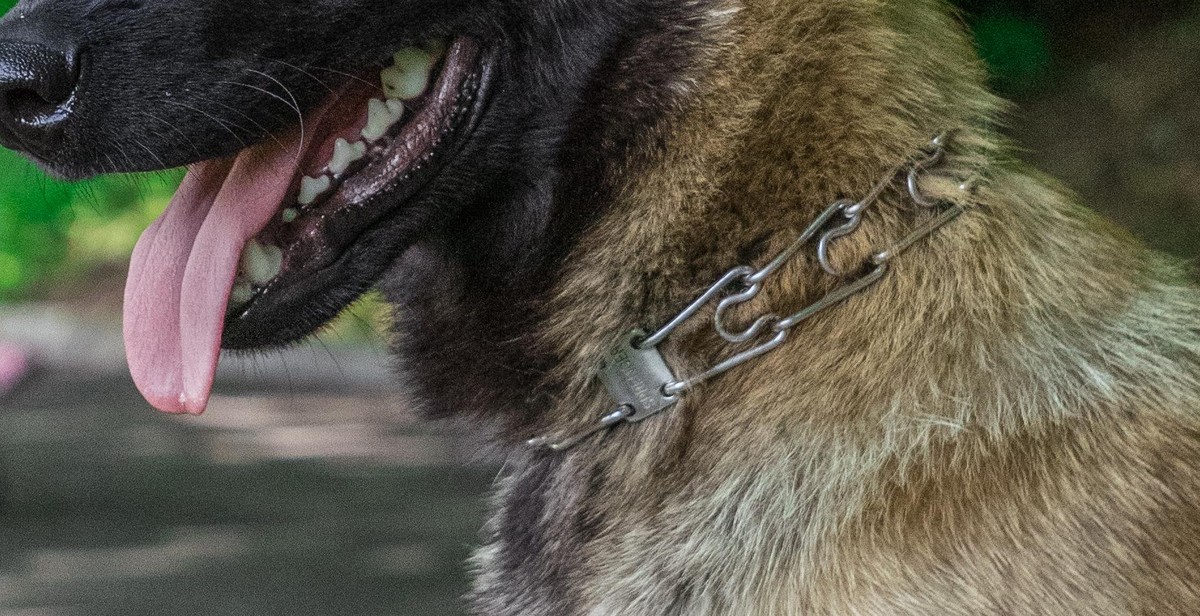
Maintaining Training
Training a guard dog is an ongoing process that requires consistency, reinforcement, and continued socialization. Here are some tips to maintain your dog’s training:
Consistency
Consistency is key when it comes to training your guard dog. Dogs thrive on routine, so it’s important to establish a consistent training schedule and stick to it. This includes regular training sessions, feeding times, and exercise routines. Consistency also means using the same commands and cues every time you train your dog. This helps your dog understand what is expected of them and reinforces good behavior.
Reinforcement
Positive reinforcement is the most effective way to train a guard dog. This means rewarding your dog for good behavior with treats, praise, and affection. It’s important to use positive reinforcement consistently and immediately after your dog exhibits good behavior. This helps your dog associate the behavior with the reward and reinforces the behavior.
Continued Socialization
Socialization is an ongoing process that helps your dog adapt to new situations and people. It’s important to expose your guard dog to different environments, people, and animals on a regular basis. This helps your dog learn how to behave appropriately in different situations and reduces the risk of aggressive behavior. Continued socialization also helps reinforce your dog’s training and keeps them mentally stimulated.
| Consistency | Reinforcement | Continued Socialization |
|---|---|---|
| Establish a consistent training schedule and stick to it | Reward good behavior with treats, praise, and affection | Expose your dog to different environments, people, and animals |
| Use the same commands and cues every time you train your dog | Use positive reinforcement consistently and immediately after good behavior | Helps your dog learn how to behave appropriately in different situations |
| Reinforces good behavior | Reduces the risk of aggressive behavior |
- Establish a consistent training schedule and stick to it
- Reward good behavior with treats, praise, and affection
- Expose your dog to different environments, people, and animals
By following these tips, you can maintain your guard dog’s training and ensure that they are always ready to protect your property.
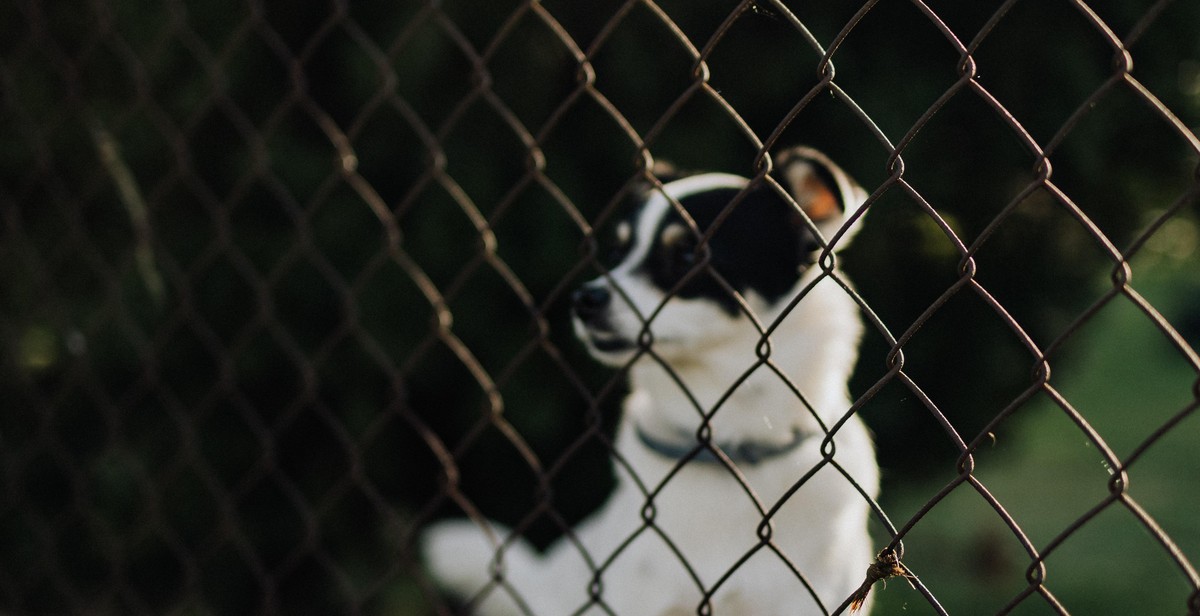
Conclusion
Training a guard dog is not a task that should be taken lightly. It requires patience, consistency, and dedication. However, with the right techniques and approach, you can successfully train your dog to protect your property and loved ones.
Start by selecting a suitable breed of dog that is naturally protective and trainable. Then, establish a clear hierarchy and maintain a consistent routine to build trust and respect with your dog. Use positive reinforcement techniques to reward good behavior and correct unwanted behavior in a firm but fair manner.
Remember to socialize your dog with other animals and people to ensure that they can distinguish between friend and foe. Additionally, provide your dog with adequate exercise, mental stimulation, and nutrition to maintain their physical and mental health.
It is important to note that training a guard dog is an ongoing process. You must continue to reinforce their training and provide ongoing support and guidance throughout their life.
By following these techniques and tips, you can successfully train your guard dog to protect your property and loved ones while also building a strong and loving bond with your furry companion.
| Recommended Resources: |
|---|
| American Kennel Club |
| ASPCA |
| Cesar’s Way |
